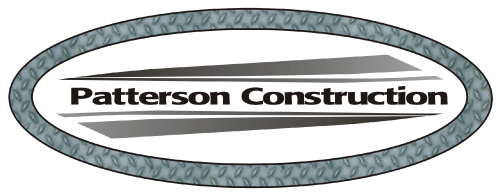Potential Consequences of Poor Roof Ventilation
Preventing poor roof ventilation starts with proper roof installation. Hiring a reliable roofing contractor to ensure the attic has adequate airflow is crucial.
Poor roof ventilation can cause major issues for a house and lead to negative consequences. While most homeowners search for visible damage during roof repairs, such as leaks and worn-out shingles, they rarely notice the humidity in the attic unless they’re working with an experienced contractor.
Allowing fresh air into the attic decreases temperature differences between the inside and the outside of the space, preventing condensation. This article lists these consequences and explains how homeowners can easily spot them and begin repairs immediately.
Mold and mildew
Moisture is a breeding ground for bacteria and fungi that can be a health risk for house residents. If the roof doesn’t have proper ventilation, the attic will develop mold. But that isn’t the only place, as moisture will build up in the entire house, allowing mold growth in many locations. In addition, mold can significantly damage the roof and cause it to underperform.
Curling or cracking shingles
As mentioned, mold and mildew lead to roof damage. Cracked shingles and granule loss are only some of the problems homeowners could encounter if they don’t ensure proper roof ventilation. Roof decking and underlayment are also at risk of deteriorating. Moisture dissolves the adhesives holding the roof together, leading to spongy decking.
Even metal nails and fasteners can become rusty and break, causing roof failure. An unstable roof reduces the weight it can hold and makes it dangerous for anyone to walk on.
Poor energy efficiency
With poor ventilation in the house, HVAC systems need to work harder and longer during the warm months. That makes the entire home less energy efficient, leading to higher utility bills.
Interior damage
Besides making in-house temperatures unbearable and helping mold develop on the walls, floors, and ceilings, poor roof ventilation can cause other interior damage. Peeling paint, sagging ceilings, warped floors, etc., are all possibilities in environments with high humidity.
Similar to how a warm attic can melt the snow on the roof and create ice dams, it can also melt the inside frost. Melted frost then drips onto the attic floor and seeps through to the ceiling in the room below, creating wet patches.
Ice dams
Ice dams aren’t only dangerous for anyone who walks below them, but they’re also an indicator of poor roof ventilation. As warm air trapped in the attic heats the roof during winter, the melted snow freezes again when it reaches the eaves, creating an ice dam. The dam acts as a barrier that prevents water from running off the roof, gradually leading to more damage to the roof.
Prevent or fix poor roof ventilation
Preventing poor roof ventilation starts with proper roof installation. Hiring a reliable roofing contractor to ensure the attic has adequate airflow is crucial.
Some homeowners often think they can solve these issues by themselves. But trying to repair any part of the roof without proper knowledge or skill can create more problems. Homeowners should turn to a professional roofing company to ensure the installation of a new roof doesn’t lead to roofing issues.
Patterson Construction Company installs and repairs residential roofs of all kinds, skylights, roof ventilation, fascia, and underlayment on Phoenix-area homes. Call 602-825-3638 for a free quote today

